From Apple's iOS 6 SDK Release Notes:
Autorotation is changing in iOS 6. In iOS 6, the
shouldAutorotateToInterfaceOrientation: method of UIViewController is
deprecated. In its place, you should use the
supportedInterfaceOrientationsForWindow: and shouldAutorotate methods.
More responsibility is moving to the app and the app delegate. Now, iOS containers (such as UINavigationController) do not consult
their children to determine whether they should autorotate. By
default, an app and a view controller’s supported interface
orientations are set to UIInterfaceOrientationMaskAll for the iPad
idiom and UIInterfaceOrientationMaskAllButUpsideDown for the iPhone
idiom.
A view controller’s supported interface orientations can change over time—even an app’s supported interface orientations can change
over time. The system asks the top-most full-screen view controller
(typically the root view controller) for its supported interface
orientations whenever the device rotates or whenever a view controller
is presented with the full-screen modal presentation style. Moreover,
the supported orientations are retrieved only if this view controller
returns YES from its shouldAutorotate method. The system intersects
the view controller’s supported orientations with the app’s supported
orientations (as determined by the Info.plist file or the app
delegate’s application:supportedInterfaceOrientationsForWindow:
method) to determine whether to rotate.
The system determines whether an orientation is supported by intersecting the value returned by the app’s
supportedInterfaceOrientationsForWindow: method with the value
returned by the supportedInterfaceOrientations method of the top-most
full-screen controller. The setStatusBarOrientation:animated: method
is not deprecated outright. It now works only if the
supportedInterfaceOrientations method of the top-most full-screen view
controller returns 0. This makes the caller responsible for ensuring
that the status bar orientation is consistent.
For compatibility, view controllers that still implement the shouldAutorotateToInterfaceOrientation: method do not get the new
autorotation behaviors. (In other words, they do not fall back to
using the app, app delegate, or Info.plist file to determine the
supported orientations.) Instead, the
shouldAutorotateToInterfaceOrientation: method is used to synthesize
the information that would be returned by the
supportedInterfaceOrientations method.
If you want your whole app to rotate then you should set your
Info.plist to support all orientations. Now if you want a specific
view to be portrait only you will have to do some sort of subclass and
override the autorotation methods to return portrait only.
See this example How to force a UIViewController to Portrait orientation in iOS 6
EDIT:
Solutions:
@implementation UINavigationController (Rotation_IOS6)
-(BOOL)shouldAutorotate
{
return [[self.viewControllers lastObject] shouldAutorotate];
}
-(NSUInteger)supportedInterfaceOrientations
{
return [[self.viewControllers lastObject] supportedInterfaceOrientations];
}
- (UIInterfaceOrientation)preferredInterfaceOrientationForPresentation
{
return [[self.viewControllers lastObject] preferredInterfaceOrientationForPresentation];
}
@end

